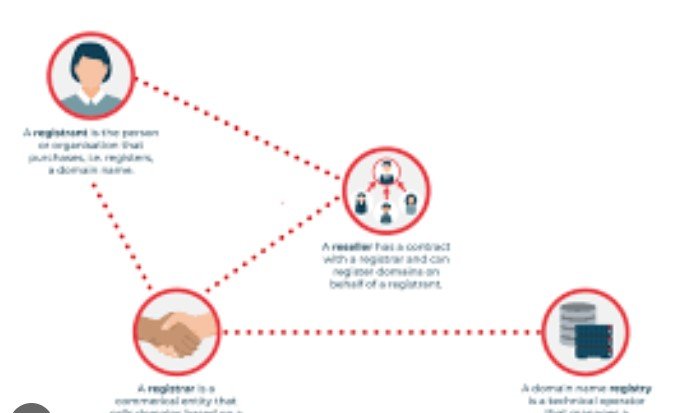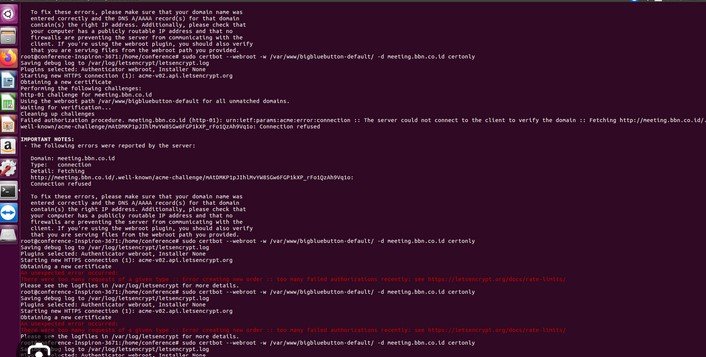Common Issues During Domain Registration and Fixes
Common issues during domain registration can often arise, causing frustration for website owners. Understanding these issues and knowing how to fix them will ensure a smooth domain registration process. In this guide, we’ll highlight some of the most frequent problems that occur during domain registration and provide practical solutions to help you resolve them quickly.

1. Domain Name Unavailability
One of the most common issues during domain registration is finding that your desired domain name is already taken. This can be disappointing, especially if you’ve spent time brainstorming the perfect name. If this happens, consider alternatives such as using different domain extensions (TLDs) or adding relevant keywords to your domain name. You could also try slight variations of your chosen name, like changing the spelling or adding a location or service description. Many domain registrars offer suggestions for available names, so take advantage of this feature.
2. Domain Name Trademark Conflicts
Trademark conflicts are another issue that may arise during domain registration. If you try to register a domain name that is too similar to an existing trademark, your registration might be denied. To avoid this issue, it’s important to conduct a trademark search before registering your domain. You can use services like the U.S. Patent and Trademark Office (USPTO) or similar organizations in other countries to check if your chosen name is already trademarked. If your domain name conflicts with an existing trademark, consider modifying it or choosing a different one to avoid legal issues.
3. Incorrect WHOIS Information
Incorrect or outdated WHOIS information can delay your domain registration. WHOIS details, such as your name, email, and phone number, are crucial for verifying domain ownership and preventing fraud. If your contact details are incorrect, you might miss important notifications or face issues with domain management. To resolve this, ensure that the information you provide during registration is accurate and up to date. After registering your domain, regularly review and update your WHOIS information to ensure it remains correct.
4. Payment Issues or Declined Transactions
Another common issue during domain registration is payment problems. If your payment method is declined or there’s an issue with the transaction, your domain registration will not go through. This can happen due to expired credit cards, insufficient funds, or a mismatch between the billing information provided and your payment method. To fix this, check your payment details and ensure they are accurate. If you continue to experience issues, try using a different payment method or contact your payment provider to resolve the problem.
5. Domain Transfer Delays
If you are transferring an existing domain to a new registrar, you may encounter delays in the transfer process. This issue often arises due to missing authorization codes or incorrect transfer settings. To avoid delays, ensure that you have the correct EPP (Extensible Provisioning Protocol) code from your current registrar. Also, check that your domain is not locked, as most registrars require you to unlock the domain before initiating a transfer. Be patient, as domain transfers can take several days to complete, but if you follow these steps, the process should go smoothly.
Conclusion
Understanding common issues during domain registration and their fixes is essential for a seamless experience. By ensuring your desired domain is available, checking for trademark conflicts, keeping your WHOIS information updated, resolving payment issues, and following the correct steps for domain transfers, you can avoid many common problems. With the right preparation, you can successfully register your domain and set your website up for success.



